Buy or gift a stand-alone digital subscription and get unlimited access to dozens of back issues for just £18.99 / $18.99 a year.
Please register at www.exacteditions.com/digital/cornucopia with your subscriber account number or contact subscriptions@cornucopia.net
Buy a digital subscription Go to the Digital EditionNow the Austrian Consulate General, this eye-catching Neoclassical pile north of Yeniköy was a gift of Abdülhamid II to Franz Josef I in 1883 (in a semi-ruinous condition) but had been splendidly rebuilt by 1898. Now divided from the water by the coast road (built in 1930–35), and veiled by plane trees, it is still a striking sight from the sea. Concerts and symposiums are held both in the garden and in the magnficient ballroom which runs the length of the building and is featured in Patricia Daunt’s ‘The Summer Palaces of Istanbul’ (Cornucopia 6).
The palace was started by a famous entrepreneur Mıgırdıç (Mkrdic) Cezayirli (Cezayirlian), a key figure in Ottoman economics between 1844 and 1850, who would make a fortune customs-tax-farming in the empire’s major ports, including Istanbul, Izmir and Rhodes, under the grand vizier Reşit Pasha (whose own palace was downstream in Baltalımanı). When Reşit Pasha fell from grace in 1850 Cezayirliyan was arrested for embezzlement and most of his property was confiscated, including the unfinished palace in Yeniköy, and he died the following year in his home village of Hasköy, on the Golden Horn. The Ottomans knew how to deal with corrupt officials. For more information see Erdem Kabadayı’s lecture, An Ottoman Merchant-Entrepreneur: The Case of Mkrdich Cezayirliyan.
It has been said that in the great age of diplomacy, when ambassadors lived like kings, ambassadors to the Ottoman Empire lived like kings.Swaggering Circassians, resplendant in scarlet uniforms and armed with swords and beltfuls of daggers, preceded them wherever they went. The power of the ambassadors waxed as that of the empire waned. They divided their year between winter embassies in Pera, described as ‘a kind of town where Christian Ambassadors dwell’ and summer retreats away from a thirsty city prone to earthquake, disease and fire.
By the end of the 19th century, all the embassies as well as the viceroy of Egypt had summer residences on the European shore of the Bosphorus, ‘the most lovely waterway that ever invited a sail’. Some remain: of some there are only vestiges: the Egyptian at Bebek, the Austrian at Yeniköy, the German French, Italian and British at Tarabya, and the Spanish at Büyükdere. The cosmopolitan architecture of those that have survived and the over-grown grounds of those that have not are still best viewed from the sea, though their gardens no longer run down to the water and their landing stages have been cut off by a road.
The summer yalıs of the Khedive of Egypt and his mother and of the Habsburgs, Honernzollerns, Bourbons and Romanovs now hide behind protective walls, their existence betrayed by a lodge, a gate, a glimpse of a drive, suggestion of a parterre, a turret or a steep roof. Sharing a hillside are the remnants of the embassy houses of England and France, destroyed by fires in 1911 and 1913, separated by a valley thick with sycamore and plane and protected by a belt of ancient beech. Rugged avenues of limes lead up to these ill-fated buildings, overgrown now by box, ilex and yew, studded in spring with the magenta of the Judas trees and in summer with the blue trupets of paulownia, and heavy with the scent of syringa, acacia and magnolia.
Apart from the embassy in London, the only diplomatic building belonging to the Austro-Hungarian Empire that passed to the Austrian Republic after the First World War was the Habsburg summer embassy on the Bosphorus. It had been presented to Emperor Franz Josef I by Abdülhamid II in 1883 in semi-ruinous condition, ‘a roof and second floor more-or-less lacking, central hall open to the skies’. For all that, it was, and still is, the most impressive of all the buildings in Yeniköy, standing in parkland which was once a vineyard belonging to the Patriarch of Jerusalem…
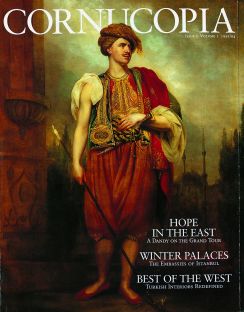
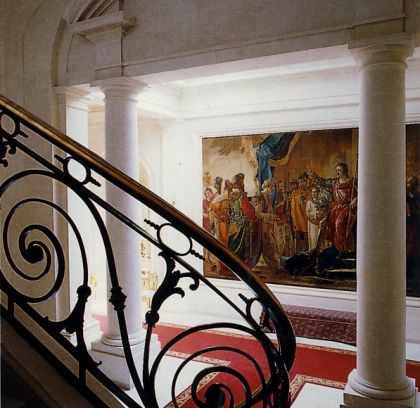
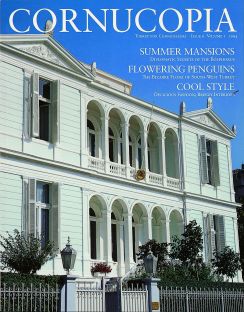
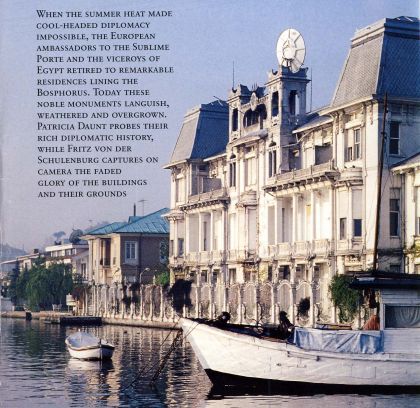
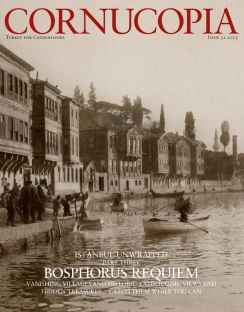
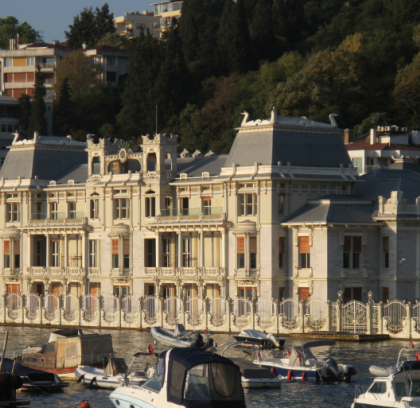
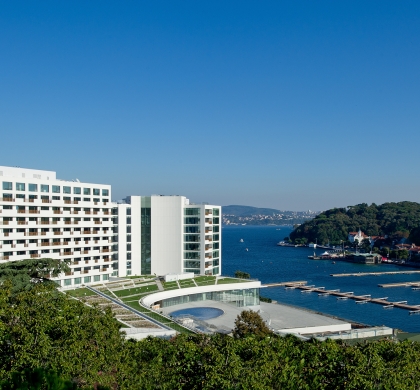
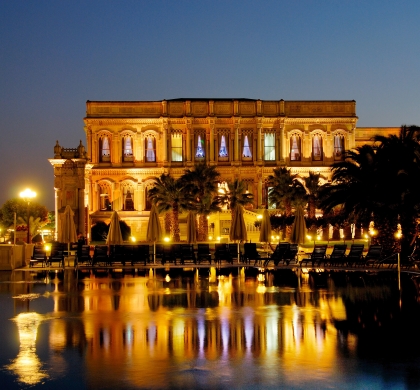
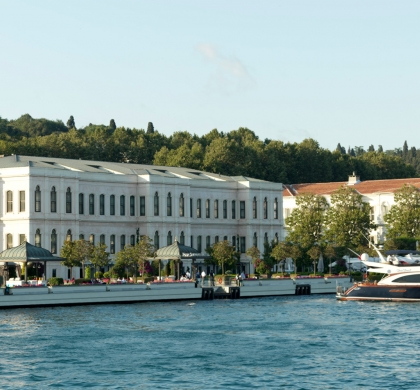
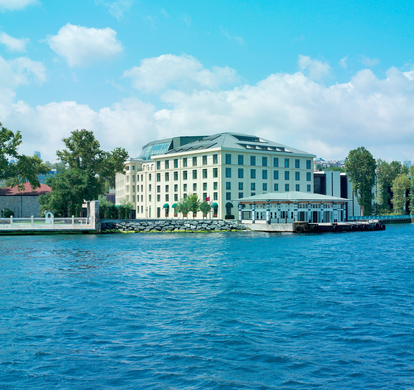
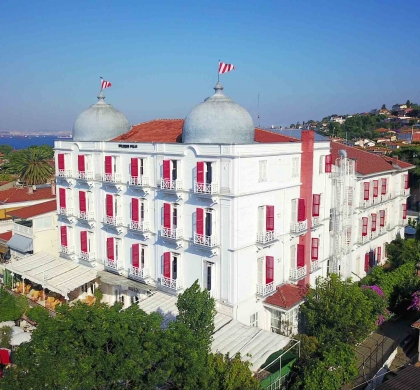
 Issue 66, December 2023
Turkey’s Centenary Issue
Issue 66, December 2023
Turkey’s Centenary Issue

The London Academy of Ottoman Court Music, with Emre Araci

Cornucopia works in partnership with the digital publishing platform Exact Editions to offer individual and institutional subscribers unlimited access to a searchable archive of fascinating back issues and every newly published issue. The digital edition of Cornucopia is available cross-platform on web, iOS and Android and offers a comprehensive search function, allowing the title’s cultural content to be delved into at the touch of a button.
Digital Subscription: £18.99 / $18.99 (1 year)
Subscribe now